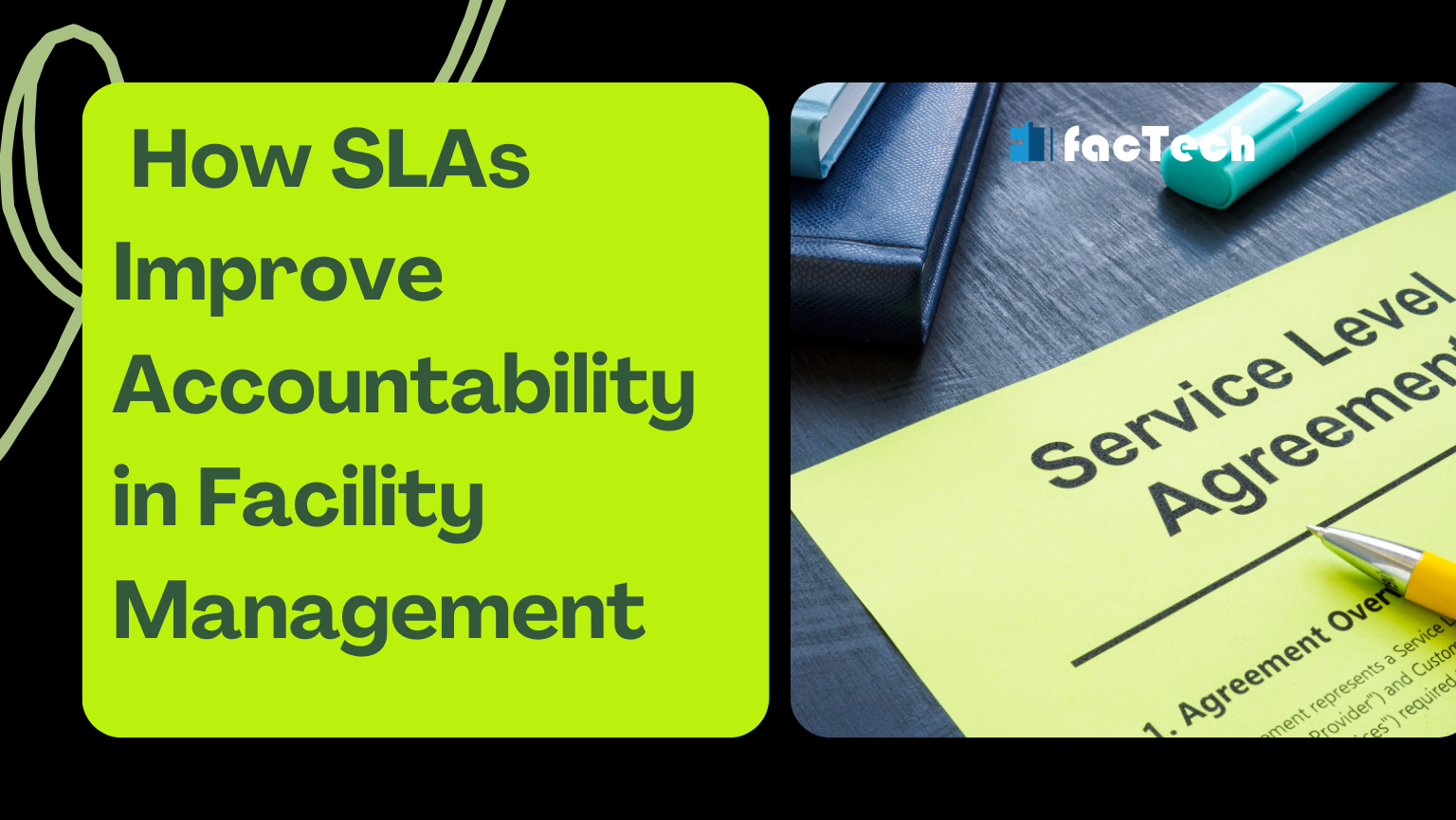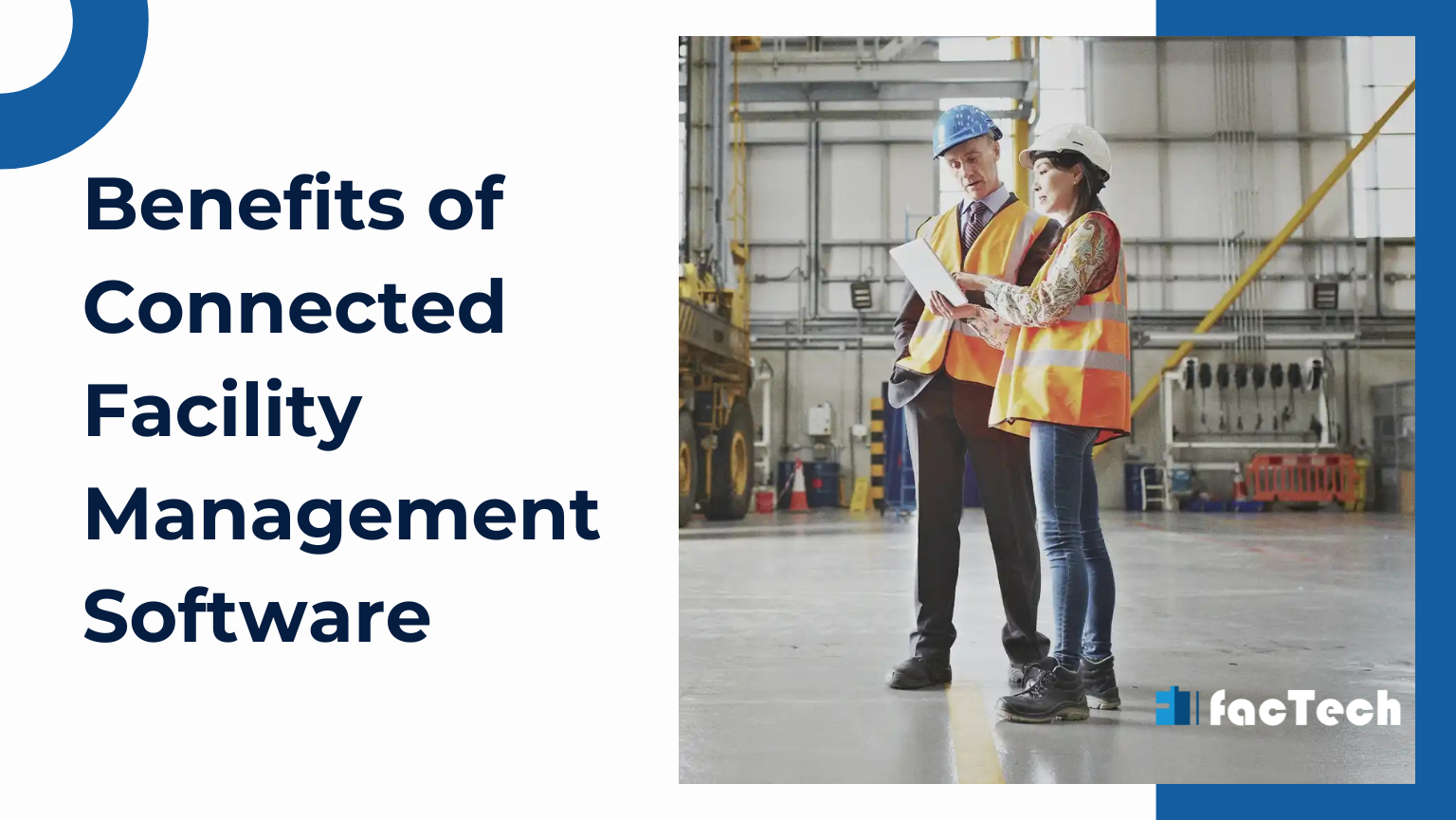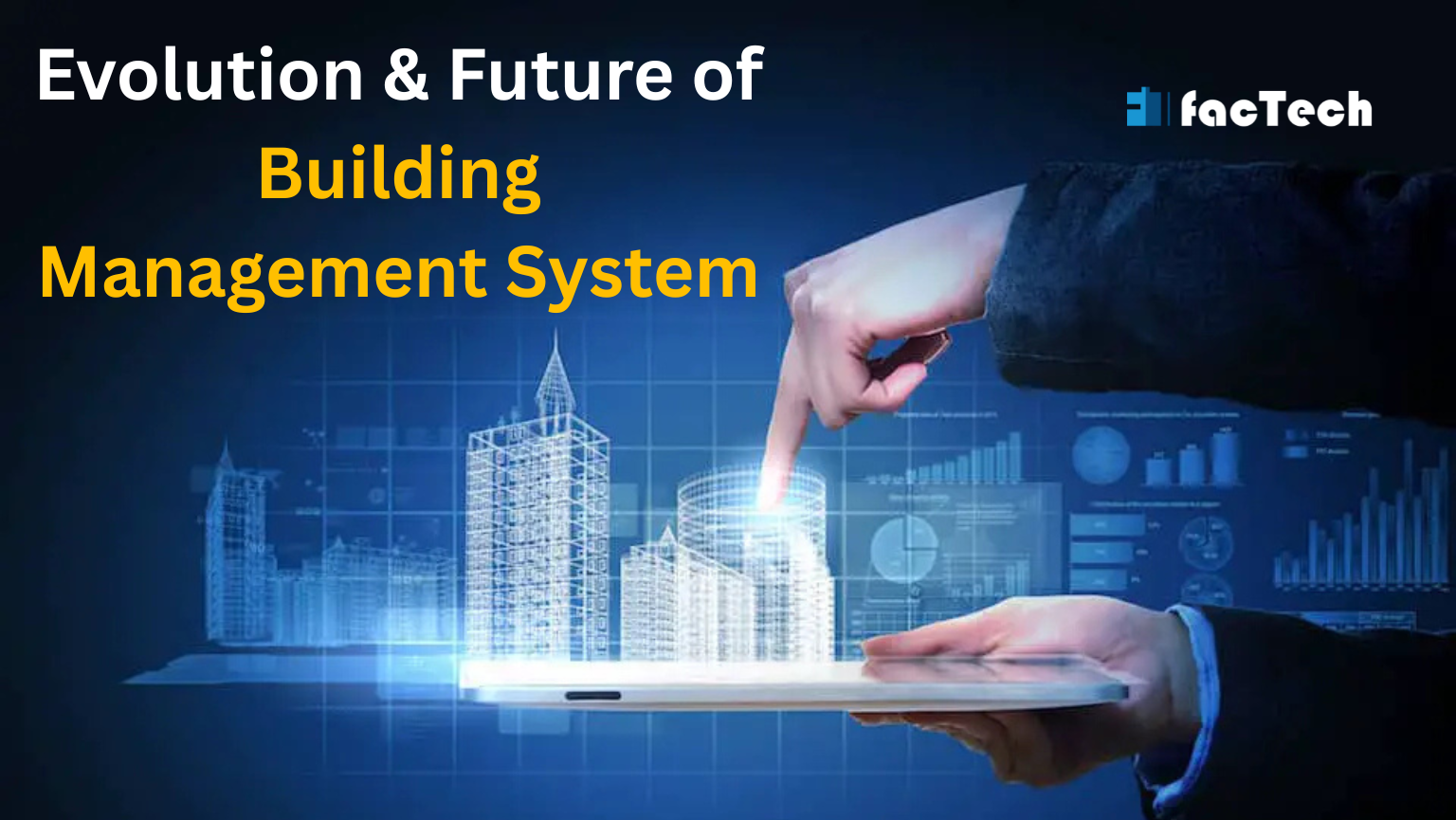Future Prospects of Maintenance Management
Technology advances in every area of life have been greater than they have ever been in human history, particularly since the year 2000, and maintenance management is no exception.
BUT BEFORE READING ABOUT THE ADVANCEMENTS IN MAINTENANCE MANAGEMENT AND ABOUT ITS POSSIBLE FUTURE, LET US FIRST KNOW-
What is maintenance management?
Keeping track of assets and parts is part of maintenance management. The goal is to ensure that manufacturing runs smoothly and that as few resources as possible are wasted. This is usually achieved by a customized mix of software, procedures, and resources that are all focused on achieving these objectives.
Maintenance management as a profession and an integral part of corporate strategy did not always exist in the form we see it today. It’s a term that’s developed all over the world, particularly in the last 50 years, with even more important developments in the last decade or so.
As businesses started to understand the effect of maintenance on their productivity, what began as the sole responsibility of engineers and technicians began to develop into a backbone of business operations.
The advent of technology has had a major impact on maintenance management
Like mentioned before, Technology advances in every area of life have been greater than they have ever been in human history, particularly since the year 2000, and maintenance management is no exception.
The following areas of maintenance management have been influenced by the effects of these emerging technologies:
- Communication – Now with the advent of technology, from the most remote areas, technicians can interact with any other member of the team. They can also use the camera and video features on their phones to record and monitor any problems with properties in real time with pinpoint accuracy.
- Maintenance activities – With the introduction of different sensors that can relay information about equipment health and potential failure in real time, technicians are no longer tied to outdated practices that were the norm in past decades.
- Software support – the use of sophisticated software like computerized maintenance management systems (CMMS) and enterprise resource planning (ERP) has helped moved from the days of corrective maintenance to more proactive strategies like Risk-Based Maintenance and Condition Based Monitoring.
Maintenance Management’s Future Prospects
Let’s take a quick look at two primary areas where digital transformation is supposed to have an effect on maintenance:
- The Internet of Things (IoT) – Equipment downtime is especially costly in some industries (such as mining and manufacturing), and any failure can result in significant losses. Take, for example, the mining industry. Operators are continually under pressure to optimize efficiency while minimizing downtime. Consider a situation where an autonomous truck is being used to transport iron ore from a mine. Some of these trucks are so big and costly that simply replacing a set of tyres will cost up to $100,000. Rather than waiting for a truck to break down or for scheduled maintenance, cautious mine managers now equip these vehicles with smart sensors that track their condition, speed, temperature, position, vibration, and other factors and send the data back for analysis. Most of these trucks are now self-driving and can operate without constant human intervention thanks to IoT-enabled technology. This eliminates the need for humans to be sent deep into the mine shaft for safety purposes, as well as labor costs.
- Virtual/augmented reality – They both (virtual and augmented reality) have applications in the following areas:-Where real-life training is not feasible, easy, or poses a significant risk of damaging costly equipment, technicians are trained using simulators.-Assisting technicians with their repair responsibilities. Technicians may show experts in a remote location what they need support with using VR or AR, and these experts will then direct them through the process.
Following are some major emerging trends in maintenance maintenance
Some emerging trends that will help shape the future of maintenance management:
- Technology Adoption: Computers, networks, and mobile devices are now in the hands of almost every employee—including the maintenance team.
- Enter the Digital Native: Older workers are retiring, and the younger “digital natives” coming onboard have a deeper understanding of technology and its capabilities.
- Data-Driven Management: Managers want the ability to back up decisions with hard data—requiring better tracking and reporting systems.
- Mobile Technology: Mobile technology is expanding rapidly, and the ability to connect from the field is a natural fit for maintenance operations.
- Better, Faster, Cheaper: Computerized maintenance management system (CMMS) software is now more affordable and easier to implement than ever, putting it within virtually every organization’s reach.
- The Cloud: Increasing bandwidth and more affordable hosting options mean you don’t need expensive hardware or a highly skilled internal IT team to access great software.
- Systems Integration: CMMS data now links easily with other systems, such as ERP and accounting software, predictive maintenance monitors, building automation systems, and more.
- Insourcing vs. Outsourcing Analysis: CMMS tools can help you analyze which tasks, processes, or functions you should keep in-house and which you should consider outsourcing.
- Sustainability and Environmental Impact: More organizations are seeking LEED and other “green” certifications. They need reliable maintenance and facility data to achieve and maintain them.
- Regulatory Compliance: Regulatory bodies are requiring increasingly complex recordkeeping. Organizations that meet this challenge are saving millions in fines and liability lawsuits.
- The Internet of Things: The rapidly growing market for IoT devices creates an opportunity for maintenance managers to use that data to improve the efficiency of their maintenance operations.
Factech is helping customers in digitizing their facility operations with advance and easy-to-use technology.
Contact Now for optimizing your operations.











Leave a Comment